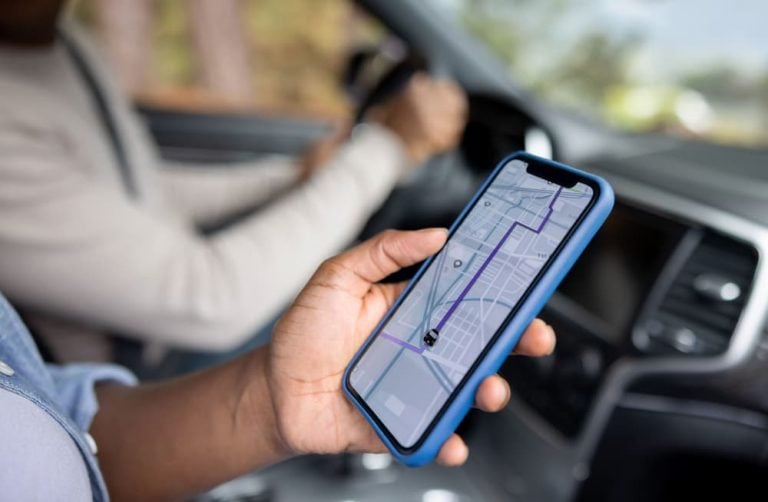
At McDivitt Law Firm, we know sustaining injuries in an accident is serious. Focusing on your health should be the first priority. A physician should review your current injuries immediately, especially if you suspect there is aggravation to previous injuries. With a pre-existing condition, the defendant’s attorney could argue that your new injuries did not result from the crash. Learn about apportionment and the “Thin Skull” rule in Colorado to understand how pre-existing injuries could affect your claim.
Be Honest About Your Previous Conditions
Whether you were hurt on the job or injured in a prior crash, it’s common to have pre-existing injuries. Car accident victims make a mistake when they fail to disclose prior injuries to their attorney because they feel they are not relevant. Even if an old injury is completely healed, you must alert your attorney. While the at-fault insurance company does not get access to ALL of your medical records, your attorney needs to understand how past injuries could impact your new claim.
Common Pre-Existing Conditions
Many people who are hurt in a car crash have been injured in the past. They are not expected to be responsible for their own doctor bills just because of their medical history. Here are some common pre-existing conditions:
- On-the-job accident involving lifting, bending, twisting, repetitive motion, or fall
- Broken bones
- Prior surgeries
- Scoliosis
- TMJ disorder (temporomandibular joint)
- Neck pain, back pain, disc herniation, or vertebral fracture
- Nerve damage
- Chronic illness that causes arthritis or pain and/or makes it difficult to heal (i.e. fibromyalgia, rheumatoid arthritis, degenerative disc disease, multiple sclerosis, diabetes, neuromuscular disorders)
Understanding Colorado Torts
In Colorado, if your pre-existing condition prior was aggravated by a car crash — and the defendant’s tortious or negligent conduct — the defendant may be liable for all of your damages. However, there is the possibility of apportionment.
What is apportionment?
Apportionment means a jury could designate one amount of damages to the victim’s pre-existing condition and another amount to damages caused by the defendant. If apportionment occurs, the defendant does not bear liability for your entire damages. If the evidence presented to the jury does not support apportionment, then the defendant would be liable for all damages. A defendant should not have to compensate you for prior injuries unaffected by this car accident.
Here are some examples:
Scenario #1: Sally has a prior back injury from lifting boxes at the supermarket. She gets in a car crash, which results in a herniated disc and related back pain. Is Sally’s herniated disc new or was the same disc in her back previously injured? A new injured disc would signify no apportionment for the injury.
Scenario #2: Sally has a prior back injury from lifting boxes at the supermarket that was aggravated by the car crash. However, for the prior injury, Sally was asymptomatic. Now, Sally’s old injury is flaring up because of the new trauma to her back. She may be affected by the “Thin Skin” rule.
The “Thin Skull” Rule
The “Thin Skull” instruction in court holds that a plaintiff doesn’t need to prove the existence of a pre-existing bodily condition before a jury instruction is given. The “Thin Skull” terminology, also known as the eggshell rule, refers to a doctrine in which the frailty of a victim is not a defense in the case. Even though an elderly person or an infant may be more prone to sustaining serious injuries than others, that doesn’t make the defendant less liable. The defendant is liable for all damages caused by their negligence, regardless of a victim’s pre-accident condition.
The Insurance Company is Not on Your Side
Insurance carriers won’t hesitate to use your medical history against you. Insurers can possibly say that your prior injuries lower the total value of your claim. They are likely to make a low-ball settlement offer, which will not fully cover your losses.
The defendant’s attorney would take a big risk by arguing that your injuries were caused by something that occurred before this crash. Therefore, if an at-fault attorney focuses on your pre-existing injuries or conditions at trial, it would be crucial to use this type of jury instruction. Furthermore, if there is evidence presented regarding the plaintiff’s condition after the accident and that somehow the pre-existing condition caused or aggravated the plaintiff’s current condition, then the jury instruction should be given.
Get Medical Attention
When you are hurt in a motor vehicle crash in Colorado, the first thing to do is seek medical treatment. Even if you refuse an ambulance and don’t visit the emergency room, see a doctor ASAP. In order to get compensated for this accident, your medical records must show the connection between your current injuries and the crash. Your medical records could make or break this injury case. Your doctor also affects the level of compensation that you receive. Ask the doctor to clearly state why you were hurt — due to a specific accident date of loss — in your medical records. This helps to clear up confusion later in the case.
When you’re hurt in a crash, you deserve answers.
Knowing that you need legal advice early for your case is a big step. Injured victims should search for a personal injury law firm with extensive experience handling Colorado auto accident claims.
To receive maximum potential compensation for these injuries and for aggravation of prior medical conditions, contact an experienced Colorado personal injury attorney at McDivitt Law Firm. For a Free Case Evaluation, please contact us today.


